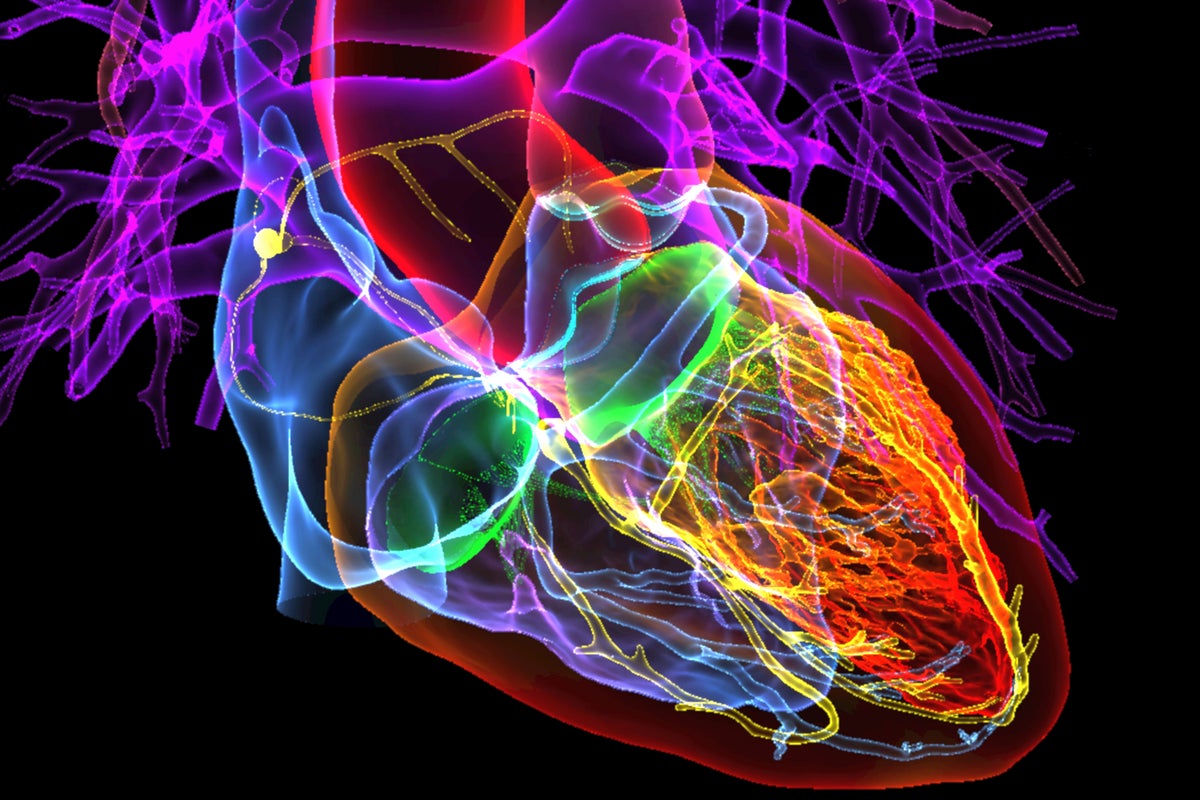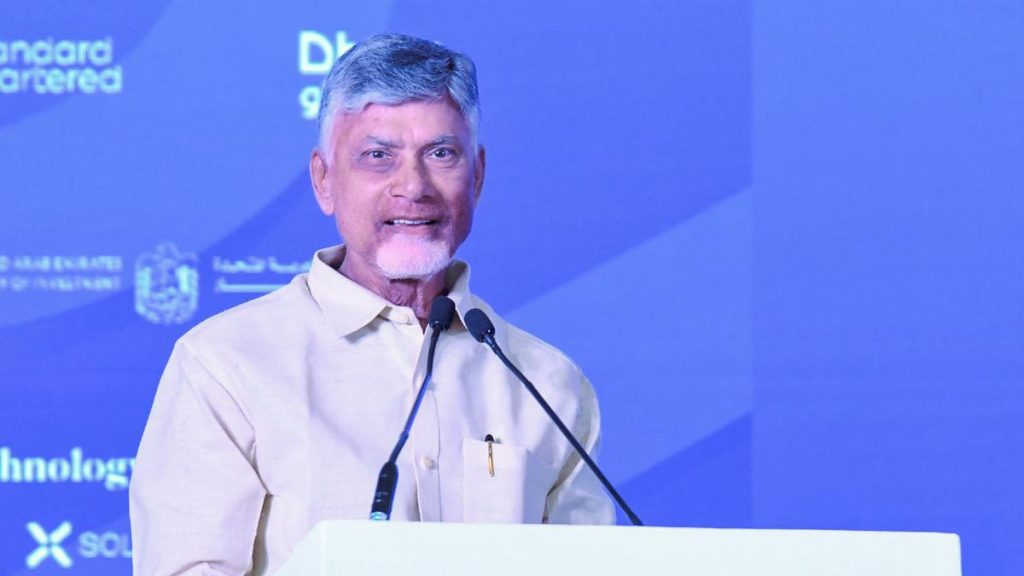Now Reading: Study Uncovers Why Aging Speeds Up After 50
-
01
Study Uncovers Why Aging Speeds Up After 50
Study Uncovers Why Aging Speeds Up After 50

Rapid Summary
- A study published in Cell on July 25, 2025, finds that aging accelerates significantly around the age of 50 due to changes in protein levels across organs.
- Researchers analyzed tissue samples from 76 individuals of Chinese ancestry (ages 14-68) who died from accidental brain injuries. Samples involved eight organ systems including cardiovascular and immune systems.
- age-related increases were observed in 48 disease-associated proteins, with early hormonal shifts beginning around age 30 in the adrenal gland.
- The most dramatic aging-related changes occurred between ages 45-55, notably in the aorta-the body’s main artery-where specific proteins may promote systemic accelerated aging via blood vessels.
- Comparisons to prior studies show discrepancies on inflection points (e.g., ages ~44 or ~60). As data accumulates over time, molecular pathways related to aging will likely converge across research efforts.
- Scientists note that midlife hormonal and metabolic shifts are key contributors to these abrupt transitions.
Indian opinion Analysis
This research sheds new light on how aging impacts human biology and identifies potential avenues for intervention at critical turning points such as middle age (~50 years old). For India, where life expectancy is steadily improving (currently averaging ~70 years), understanding systemic organ-specific aging could be vital for addressing health challenges linked with longevity.
midlife onset illnesses such as cardiovascular diseases disproportionately affect Indians due to dietary patterns and lifestyle factors-making insights like these applicable domestically. If molecules driving accelerated vascular deterioration can be controlled, it may open doors for precision medicine promoting healthier lifespans among India’s burgeoning middle-aged population.
Further studies will need regional portrayal as genetics and environmental factors vary globally; findings limited to Chinese ancestry must thus be contextualized before applying conclusions universally-including within India’s diverse demographics.

























